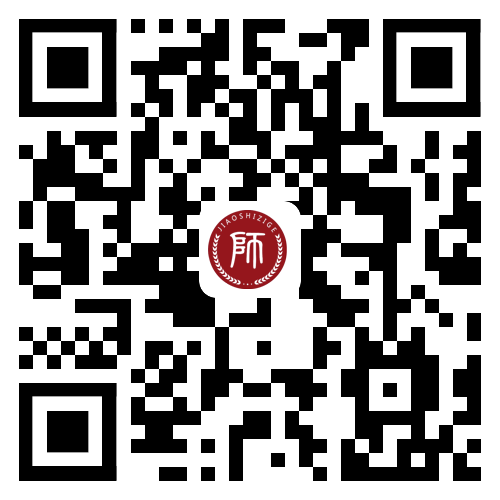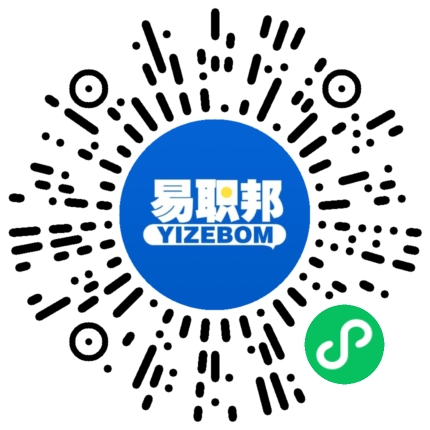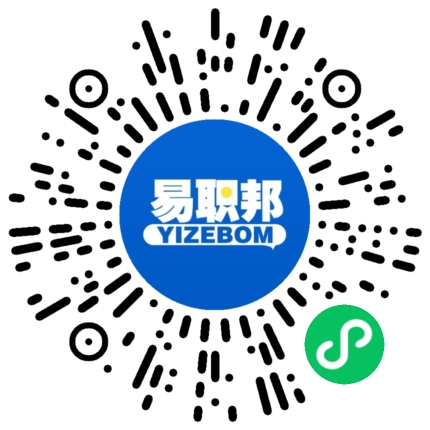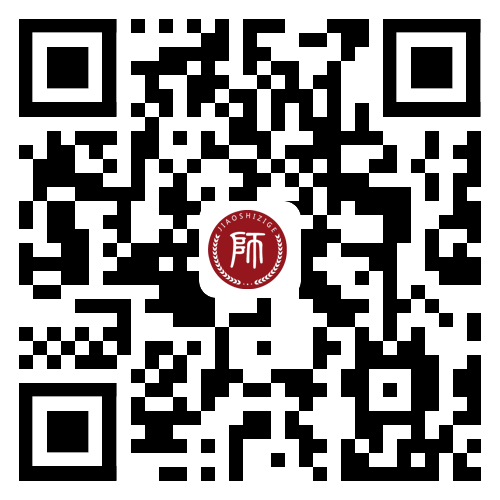2015教师招聘考试:英语完型填空练习(一)
(1)
A land free from destruction, plus wealth, natural resources, and labor supply-all these were important 【__1__】 in helping England to become the center for the Industrial Revolution.【 __2__】 they were not enough.
Something 【__3__】 was needed to start the industrial process. That "something special" was man 【__4__】 individuals who could invent machines, find new 【__5__ 】of power, and establish business organizations to reshape society.
The men who 【__6__】the machines of the Industrial Revolution 【__7__】 from many backgrounds and many occupations. Many of them were 【__8__】 inventors than scientists. A man who is a 【__9__】 scientist is primarily interested in doing his research 【__10__】. He is not necessarily working 【__11__】 that his finding can be used.
An inventor or one interested in applied science is 【__12__】 trying to make something that has a concrete 【__13__】. He may try to solve a problem by using the theories 【__14__ 】science or by experimenting through trial and error. Regardless of his method, he is working to obtain a 【__15__ 】result; the construction of a harvesting machine, the burning of a light bulb, or one of many other objectives.
Most of the people who developed the machines of the Industrial Revolution were inventors, not trained scientists. A few were both scientists and inventors. Even those who had little or no training in science might not have made their inventions if a groundwork had not been laid by scientists years before.
1. A. cases B. reasons C. factors D. situations
2. A. But B. And C. Besides D. Even
3. A. else B. near C. extra D. similar
4. A. generating B. effective C. motivation D. creative
5. A. origins B. sources C. bases D. discoveries
6. A. employed B. created C. operated D. controlled
7. A. came B. arrived C. stemmed D. appeared
8. A. less B. better C. more D. worse
9. A. genuine B. practical C. pure D. clever
10. A. happily B. occasionally C. reluctantly D. accurately
11. A. now B. and C. all D. so
12. A. seldom B. sometimes C. usually D. never
13. A. plan B. use C. idea D. means
14. A. of B. with C. to D. as
15. A. single B. sole C. specialized D. specific
答案:1-5 CAADB 6-10 BACCD 11-15 DDBAD
(2)
Some historian say that the most important contribution of Dwight Eisenhower's presidency (总统任期) in the 1950s was the U.S. interstate highway system. It was a massive project, easily surpassing the scale of such previous human 【__1__】as the Panama Canal. Eisenhower's interstate highways 【__2__】 the nation together in new ways and 【__3__】 major economic growth by making commerce less 【__4__】. Today, an information superhighway has been built-an electronic network that 【__5__】 libraries, corporations, government agencies and individuals. This electronic superhighway is called the Internet, 【__6__】 it is the backbone (主干) of the World Wide Web.
The Internet had its 【__7__ 】in a 1969 U.S. Defense Department computer network called Arpanet, which 【__8__】 Advanced Research Projects Agency Network. The Pentagon built the network for military contractors and universities doing military research to 【__9__】 information. In 1983 the National Science Foundation (NSF), 【__10__】 mission is to promote science, took over.
This new NSF network attracted more and more institutional users, many of 【__11__ 】had their own internal networks. For example, most universities that 【__12__】 the NSF network had intercampus computer networks. The NSF network then became a connector for thousands of other networks. 【__13__ 】a backbone system that interconnects networks, internet was a name that fit.
So we can see that the Internet is the wired infrastructure (基础设施) on which web 【__14__ 】move. It began as a military communication system, which expanded into a government-funded 【__15__】 research network.
Today, the Internet is a user-financed system tying intuitions of many sorts together into an "information superhighway."
1. A. behaviors B. endeavors C. inventions D. elements
2. A. packed B. stuck C. suppressed D. bound
3. A. facilitated B. modified C. mobilized D. terminated
4. A. competitive B. comparative C. exclusive D. expensive
5. A. merges B. connects C. relays D. unifies
6. A. and B. yet C. or D. while
7. A. samples B. sources C. origins D. precedents
8. A. stood by B. stood for C. stood against D. stood over
9. A. exchange B. bypass C. switch D. interact
10. A. their B. that C. when D. whose
11. A. what B. which C. these D. them
12. A. joined B. attached C. participated D. involved
13. A. With B. By C. In D. As
14. A. contexts B. signs C. messages D. leaflets
15. A. citizen B. civilian C. amateur D. resident
答案:1-5 BDACB 6-10 ACBAD 11-15 BADCB
A land free from destruction, plus wealth, natural resources, and labor supply-all these were important 【__1__】 in helping England to become the center for the Industrial Revolution.【 __2__】 they were not enough.
Something 【__3__】 was needed to start the industrial process. That "something special" was man 【__4__】 individuals who could invent machines, find new 【__5__ 】of power, and establish business organizations to reshape society.
The men who 【__6__】the machines of the Industrial Revolution 【__7__】 from many backgrounds and many occupations. Many of them were 【__8__】 inventors than scientists. A man who is a 【__9__】 scientist is primarily interested in doing his research 【__10__】. He is not necessarily working 【__11__】 that his finding can be used.
An inventor or one interested in applied science is 【__12__】 trying to make something that has a concrete 【__13__】. He may try to solve a problem by using the theories 【__14__ 】science or by experimenting through trial and error. Regardless of his method, he is working to obtain a 【__15__ 】result; the construction of a harvesting machine, the burning of a light bulb, or one of many other objectives.
Most of the people who developed the machines of the Industrial Revolution were inventors, not trained scientists. A few were both scientists and inventors. Even those who had little or no training in science might not have made their inventions if a groundwork had not been laid by scientists years before.
1. A. cases B. reasons C. factors D. situations
2. A. But B. And C. Besides D. Even
3. A. else B. near C. extra D. similar
4. A. generating B. effective C. motivation D. creative
5. A. origins B. sources C. bases D. discoveries
6. A. employed B. created C. operated D. controlled
7. A. came B. arrived C. stemmed D. appeared
8. A. less B. better C. more D. worse
9. A. genuine B. practical C. pure D. clever
10. A. happily B. occasionally C. reluctantly D. accurately
11. A. now B. and C. all D. so
12. A. seldom B. sometimes C. usually D. never
13. A. plan B. use C. idea D. means
14. A. of B. with C. to D. as
15. A. single B. sole C. specialized D. specific
答案:1-5 CAADB 6-10 BACCD 11-15 DDBAD
(2)
Some historian say that the most important contribution of Dwight Eisenhower's presidency (总统任期) in the 1950s was the U.S. interstate highway system. It was a massive project, easily surpassing the scale of such previous human 【__1__】as the Panama Canal. Eisenhower's interstate highways 【__2__】 the nation together in new ways and 【__3__】 major economic growth by making commerce less 【__4__】. Today, an information superhighway has been built-an electronic network that 【__5__】 libraries, corporations, government agencies and individuals. This electronic superhighway is called the Internet, 【__6__】 it is the backbone (主干) of the World Wide Web.
The Internet had its 【__7__ 】in a 1969 U.S. Defense Department computer network called Arpanet, which 【__8__】 Advanced Research Projects Agency Network. The Pentagon built the network for military contractors and universities doing military research to 【__9__】 information. In 1983 the National Science Foundation (NSF), 【__10__】 mission is to promote science, took over.
This new NSF network attracted more and more institutional users, many of 【__11__ 】had their own internal networks. For example, most universities that 【__12__】 the NSF network had intercampus computer networks. The NSF network then became a connector for thousands of other networks. 【__13__ 】a backbone system that interconnects networks, internet was a name that fit.
So we can see that the Internet is the wired infrastructure (基础设施) on which web 【__14__ 】move. It began as a military communication system, which expanded into a government-funded 【__15__】 research network.
Today, the Internet is a user-financed system tying intuitions of many sorts together into an "information superhighway."
1. A. behaviors B. endeavors C. inventions D. elements
2. A. packed B. stuck C. suppressed D. bound
3. A. facilitated B. modified C. mobilized D. terminated
4. A. competitive B. comparative C. exclusive D. expensive
5. A. merges B. connects C. relays D. unifies
6. A. and B. yet C. or D. while
7. A. samples B. sources C. origins D. precedents
8. A. stood by B. stood for C. stood against D. stood over
9. A. exchange B. bypass C. switch D. interact
10. A. their B. that C. when D. whose
11. A. what B. which C. these D. them
12. A. joined B. attached C. participated D. involved
13. A. With B. By C. In D. As
14. A. contexts B. signs C. messages D. leaflets
15. A. citizen B. civilian C. amateur D. resident
答案:1-5 BDACB 6-10 ACBAD 11-15 BADCB
四川教师招聘考试网申明:
(一)由于各方面情况的调整与变化本网提供的考试信息仅供参考,敬请以省教育厅及教育考试院官方公布的正式信息为准。
(二)本网注明信息来源为其他媒体的稿件均为转载体,免费转载出于非商业性学习目的,版权归原作者所有。如有内容与版权问题等请与本站联系。联系方式:邮件 1546217367@qq.com
填报求职意向
加入考生群

- 2022年下半年南充营山县... 2022-10-26
- 四川大学附属实验小学公... 2022-10-24
- 泸州纳溪区招聘教师24人公告 2022-10-24
- 2022年宜宾教师招聘公告... 2022-10-22
- 2022年资阳雁江区考核招... 2022-10-21
- 成都教师招聘金牛区实外... 2022-10-21
- 成都教师招聘成都天立学... 2022-10-21


















 2019-08-20 14:19:30
2019-08-20 14:19:30



